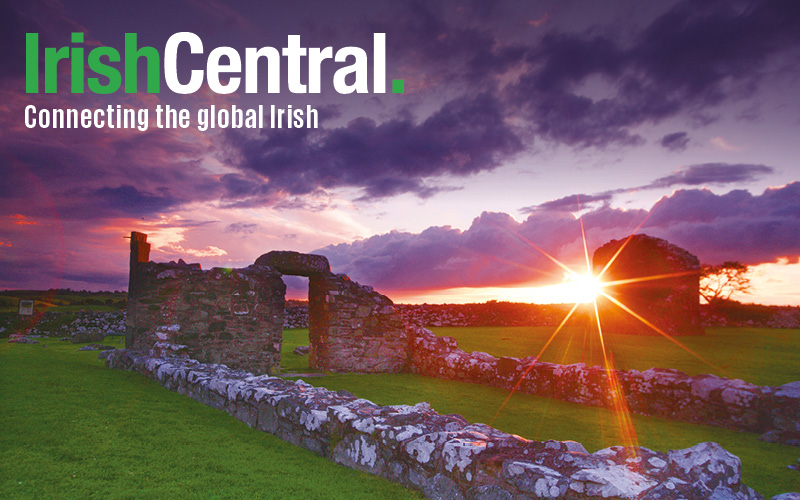Irish scientists have determined that Irish heath honey is literally buzzing with health benefits including powerful antioxidants.
A research team from Dublin City University and Trinity College Dublin has found that Irish heather honey is quite literally buzzing with health benefits. The findings showed that there was a similar overall presence of powerful antioxidants called phenolic compounds in Irish heather honey as in Manuka honey. These antioxidant compounds help to prevent damage occurring in the cells of the body and are important for health and well-being.
Researchers also found that multi-floral honeys produced by urban bees had a greater level of antioxidant phenolic compounds than their rural counterparts - a finding possibly attributed to the flower diversity and abundance surrounding hives.
131 Irish honey samples were collected directly from beekeepers between 2013-2015 from 78 locations across Ireland. The majority (124) were multi-floral honeys (55 from urban, 69 from rural locations); three were heather honeys; two were ivy honeys and two were oilseed rape honeys.
Research focused on honey produced in Ireland and the majority of samples came from small private producers.
Honeys with a dark color typically have a higher TPC (Total Phenolic Content) and thus a higher antioxidant capacity.
Read more: Irish teen in New York becomes first Irish person to be vaccinated against rare cancer
Urban multi-floral honeys had a higher TPC than rural multi-floral honeys. Irish heather honey had the highest TPC of all Irish single origin honeys and had a higher TPC than Manuka honey. Honey color correlates with electrical conductivity and with TPC, although ivy honey was an exception to this.
Ivy honey was the darkest Irish honey analyzed and its TPC was less than that of heather and Manuka honeys. Honeys were classified according to landscape context or honey floral source.
The differences in the total phenolic content in the study could be linked to landscape context, specifically the principal land use surrounding sampled hives. There was significantly less TPC in rural vs urban areas.
Difference in the TPC of honey types depended on their floral origin. For Irish single origin honey, heather honey had the highest mean TPC.
The findings are published in the prestigious journal, Food Chemistry.
The research was led by PhD student Saorla Kavanagh (School of Chemical Sciences and DCU Water Institute) and supervised by senior academics Dr Blánaid White (School of Chemical Sciences, DCU) and Prof Jane Stout (School of Natural Sciences, Trinity College Dublin). Funding was provided by the Irish Research Council and honey samples were donated by beekeepers across Ireland.
Read more: An Irish cure for what ails ye - medicinal hot whiskey recipe
The research focused on honey produced in Ireland and examined the phenolic content and physicochemical parameters (moisture, total sugar, color) of different types of Irish honey and compared these with international brands.
It was also the first ever comparison of Irish single-origin honeys; heather, ivy and oilseed rape and multi-floral honeys and, in addition, compared honey from urban and rural hives.
Dr Blánaid White, Dublin City University said:
“Being able to quantify that Irish honeys have a high phenolic content, and particularly that the content in Irish heather honey is comparable to Manuka honey, is very exciting for us.
Our research shows that Irish honey is a high-quality product and something that we should really value. Interest in beekeeping and honey production is growing in Ireland, and we are delighted to be able to support it.”
Prof Jane Stout, Trinity College, Dublin said:
“Because bees can forage up to several kilometers from their hives, the availability of food sources, i.e. flowers, in the wider landscape influences what the bees collect and incorporate into their honey. Finding a difference in honey composition between urban and rural hives probably reflects the difference in flower availability in urban and rural areas in Ireland.”
The research carried out aligns with the Department of Agriculture, Food and the Marine’s strategic vision detailed in Food Wise 2025, highlighting the high-quality honeys produced in Ireland and helping to ensure the viability of local beekeepers and honey producers.
Honey is one of the most popular food products internationally, providing many benefits for overall health with its antioxidant, antibacterial, antidiabetic and anti-inflammatory properties.
Read more: Grandmother who drank a Guinness a day dies at the age of 100




Comments